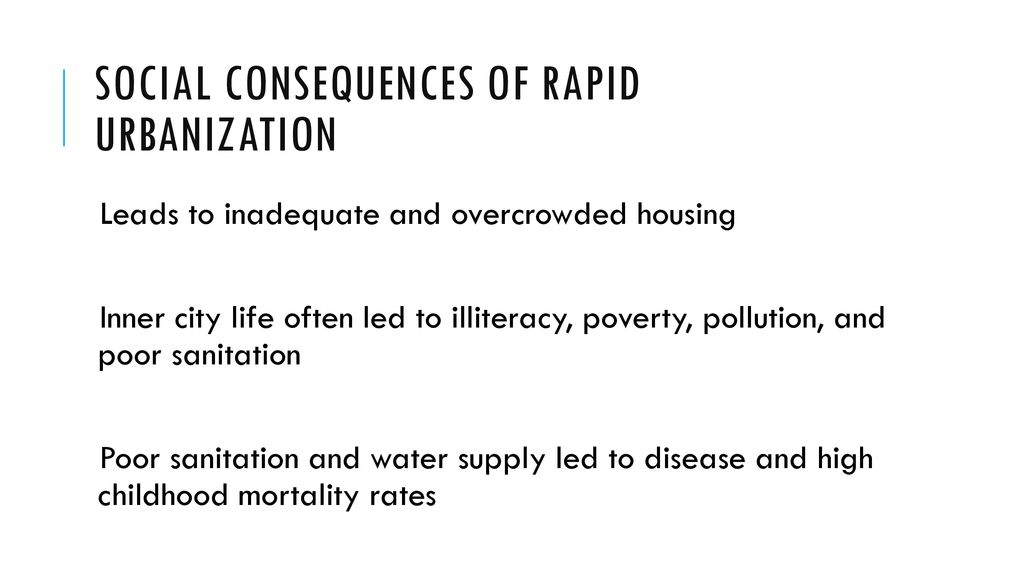- Filter By :
- Geography
- History
- Indian Heritage & Culture
- Indian Society
-
Q. Urbanization is not merely a demographic shift but a transformative process reshaping social structures and relationships in India. Discuss. (150 words)
07 Apr, 2025 GS Paper 1 Indian SocietyApproach
- Briefly introduce urbanization in India, emphasizing its role as more than just a demographic shift.
- Discuss its contributions such as economic growth, job creation, and improved infrastructure, highlight social transformations and address the limitations.
- Conclude suitably, acknowledging both the benefits and challenges of urbanization.
Introduction
Urbanization in India represents more than just the physical migration of people from rural to urban areas, it signifies a fundamental demographic shift. As per NITI Aayog projections, India’s urban population is expected to reach 40% by 2036. This transition is reshaping population structures, lifestyle patterns, and socio-economic dynamics.
Body
Transformative Aspects of Urbanization:
- Economic Mobility: Cities continue to offer expanding employment opportunities, as reflected in the Periodic Labour Force Survey (PLFS) 2023-24, which shows a decline in urban unemployment to 5.1%, while rural unemployment has seen a slight rise to 2.5%.
- E.g. Bengaluru's IT sector has enabled large-scale migration and created a tech-savvy middle class.
- Family & Kinship: Traditional joint families are increasingly replaced by nuclear households and live-in arrangements.
- According to NFHS-5 data, the share of nuclear families in India rose from 56% in 2016 to 58.2% in 2019–21.
- Caste & Community Structures: Urban anonymity erodes rigid caste lines, though subtly persists in housing and job access.
- E.g. Diverse work environments in urban IT hubs and service industries often promote merit-based engagement over caste-based affiliations.
- Gender Roles: Urban female literacy is 82.7%, higher than 65% in rural areas, with growing participation in sectors like healthcare and IT.
- Socially, urban women are asserting autonomy in career, marriage, and reproductive choices, exemplified by working mothers, and women-led startups.
Challenges Related to Urbanization:
- Slum growth: Over 65 million people live in slums in India (Census 2011), Issues like poor sanitation, lack of tenure security, and inadequate housing persist.
- Despite schemes like PMAY (Urban), challenges such as land acquisition delays and limited beneficiary identification persist. The demolition of Delhi slums before G20 underscores the vulnerability of urban poor rights.
- Informal Employment: With nearly 85% of its workforce in the informal sector contributing over half of the GDP and sectors like construction, domestic work, and street vending remain unregulated, leading to job vulnerability and limited access to formal benefits.
- Marginalization of Migrants: Internal migrants, especially seasonal ones, are excluded from urban planning. The 2020 COVID-19 lockdown exposed their invisibility in welfare systems.
- Social Alienation and Mental Health Stress: Urban anonymity and competitive lifestyles contribute to rising mental health issues. As per WHO, approx. 60 to 70 million people in India suffer from common and severe mental health disorders.
Conclusion
Urbanization in India holds immense transformative potential. The Smart City Mission Guidelines emphasize citizen-centric development, integrated services, and sustainability aligning closely with SDG 11, which aspires to make cities inclusive, safe, resilient, and sustainable.
To get PDF version, Please click on "Print PDF" button.
Print PDF






